
Formidable, fearless and fabulous!
Meet the honey badger - the Manyeleti's fiercest mammal
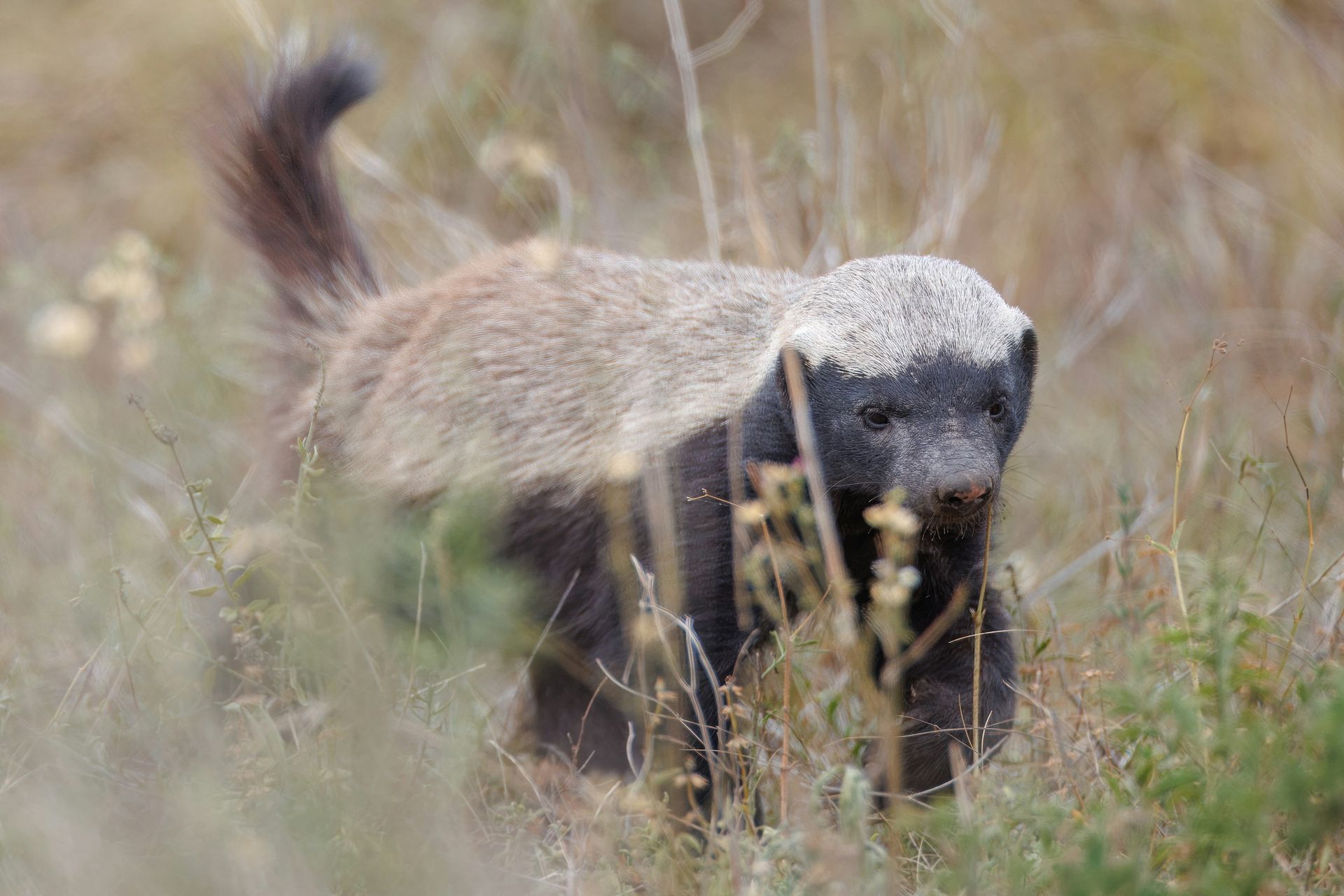
With its legendary long claws, fearsome nature and reputation for being indestructible, the honey badger is an African icon and the one animal you really don't want to run into on a dark night! Irascible in the extreme, this tough little creature is also fiercely clever, with a problem-solving ability bar none! Let's find out more about this little warrior...
Revered for its incredible toughness, intelligence, and legendary fierceness, the honey badger is one of the most fearless animals in the wild. Known as the "ratel" in Afrikaans, this small yet ferocious carnivore is famous for its ability to hold its own against predators far larger and more powerful, such as lions, leopards, and hyenas. However, beneath its aggressive reputation lies a fascinating animal that plays a vital role in the complex ecosystems it inhabits.
Despite its modest size — generally weighing between 9kg and 14kg — the honey badger possesses an unusually stocky, muscular build and a range of remarkable physical adaptations that equip it for survival. Its most distinctive feature is its tough, loose skin, which can measure up to 6mm thick. This strong exterior provides essential protection from the bites and stings of both predators and prey. For instance, even if a larger predator like a lion manages to grab hold of a honey badger, the loose nature of the skin allows the badger to twist around and continue fighting back. This makes the honey badger an exceptionally difficult animal to subdue.
Additionally, their skin is highly resistant to sharp objects, which helps them survive attacks from snakes, thorns, and even the claws of large predators. This toughness, combined with a well-developed immune system that renders them highly resistant to venom, allows honey badgers to fearlessly hunt venomous snakes, such as puff adders, mambas and cobras, as part of their diet. Even if bitten, honey badgers can often survive and recover quickly, making them one of the few mammals with such a high tolerance for snake venom.
Honey badgers are opportunistic omnivores with an impressively varied diet. In addition to reptiles, they consume insects, birds, small mammals, and even the larvae of bees. Their infamous raids on beehives are facilitated not only by their physical resilience but also by their sharp claws and powerful jaws, which can crack open a hive with relative ease. Their thick skin prevents many bee stings from penetrating deeply enough to cause harm. This remarkable ability to break into hives has also led to a well-documented relationship with the greater honeyguide bird. These birds lead honey badgers to hives, benefiting from the badger’s destruction of the nest and feeding on the leftover wax and honeycomb.
Despite their solitary nature, honey badgers play a critical role in their ecosystems, particularly in controlling populations of smaller animals, insects, and even large venomous snakes. Their scavenging behaviour makes them an important part of the nutrient recycling process in the savannah, as they often consume carcasses that would otherwise attract diseases or parasites if left untouched. By feeding on carrion and leftover kills from apex predators like lions and leopards, honey badgers help to clean up the environment, preventing the spread of disease and ensuring that fewer carcasses rot in the sun.
Perhaps one of the honey badger’s most famous attributes is its aggressive and courageous demeanour, which has been widely documented in both scientific literature and popular media. Despite their relatively small size, they have been observed fearlessly challenging much larger predators, including lions and hyenas. This is often attributed to their combination of physical resilience, sharp claws, powerful jaws, and thick skin, all of which make them formidable opponents.
While many animals flee in the face of larger threats, honey badgers have been known to fight back tenaciously. There are several accounts of honey badgers fending off lions or hyenas by facing them head-on, delivering powerful bites and refusing to back down. This behaviour, coupled with their vocalisations—growling, hissing, and screaming and a very powerful anal gland which is released as a defence mechanism— makes them one of the most combative animals in the African wilderness.
Their ferocity is not just limited to their interactions with other animals. Honey badgers are also known for their fearlessness when encountering humans, though they generally avoid contact. If threatened, they are quick to defend themselves with aggressive displays, often standing their ground against potential threats. Lodges and camps like Pungwe have had to learn to live with honey badgers who often raid kitchens, targeting fridges, freezers and rubbish bins in particular! Making our little camp "badger-proof" is an ongoing challenge!
Despite their fearsome reputation, honey badgers are highly intelligent creatures. They are known to be excellent problem-solvers and are capable of using tools and advanced tactics to escape enclosures or access food. In captivity, honey badgers have been filmed stacking objects to reach higher ground, opening doors, and even using sticks and stones to manipulate locks. This intelligence also serves them well in the wild, where they exploit a wide range of food sources that might be inaccessible to less resourceful animals. Their ability to adapt to different environments and diets has made them a highly successful species across their range.
In areas like the Greater Kruger, conservation efforts are focused on preserving the habitats that support honey badgers and ensuring that they can continue to thrive in the wild. These efforts are part of a broader movement to protect the biodiversity of South Africa’s rich ecosystems, where species like the honey badger play key roles in maintaining ecological stability.
While we don't get that many sightings of these elusive creatures, we often find ourselves in situations where we're cleaning up after them, repairing the havoc they can wreak! But we love them in spite of their wrecking ball reputation and seeing them is always an absolute pleasure, putting a big fat smile on everyone's faces!
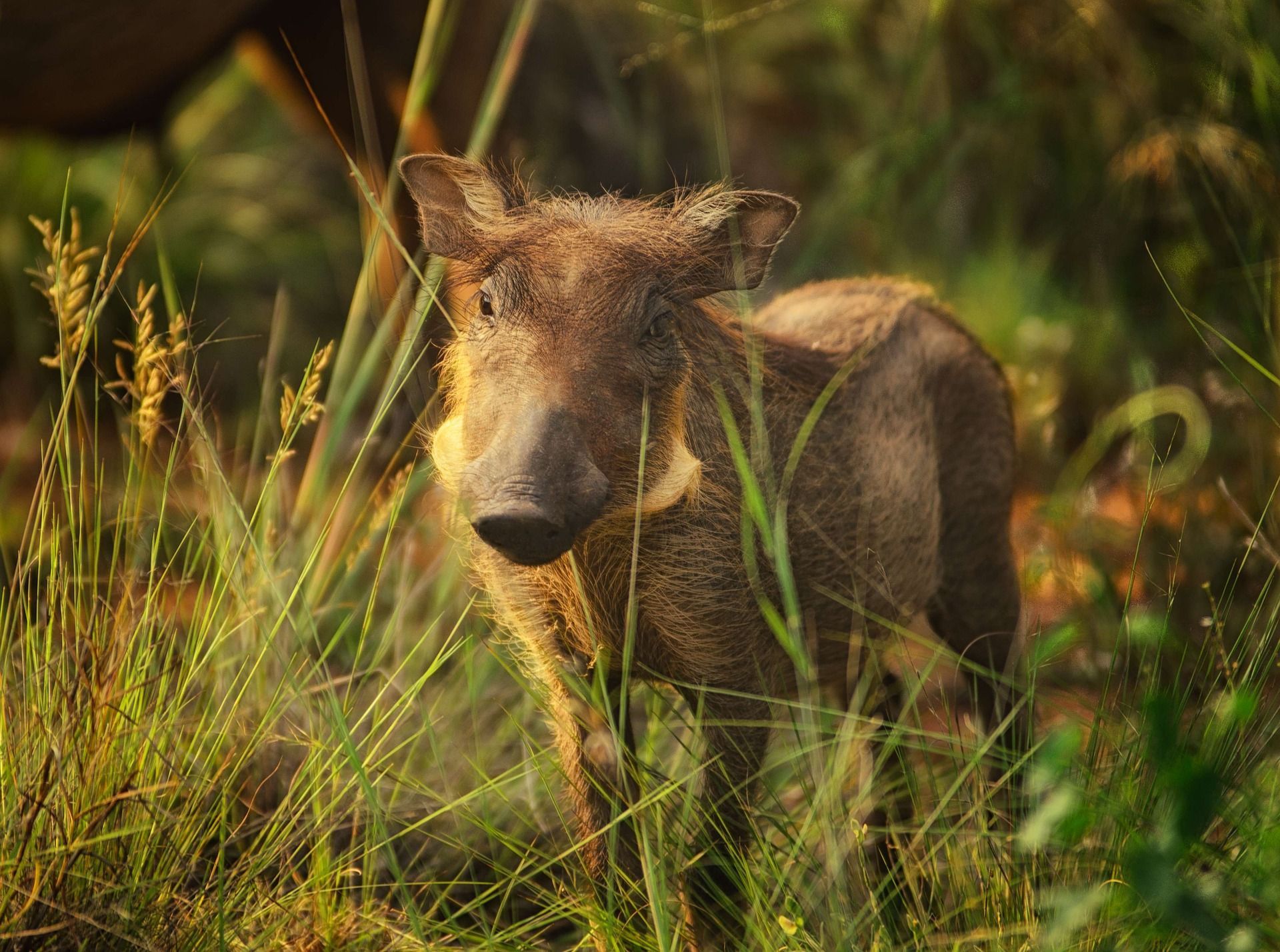
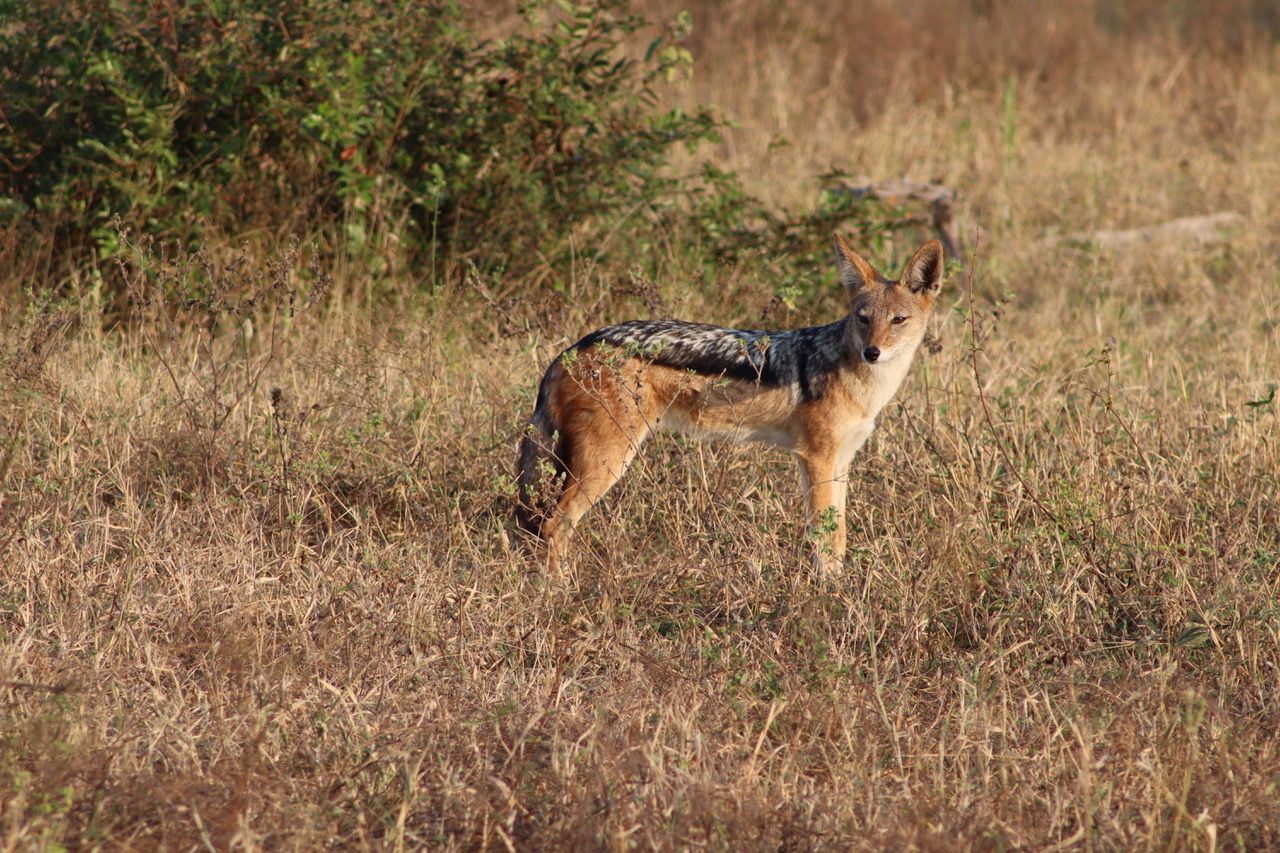
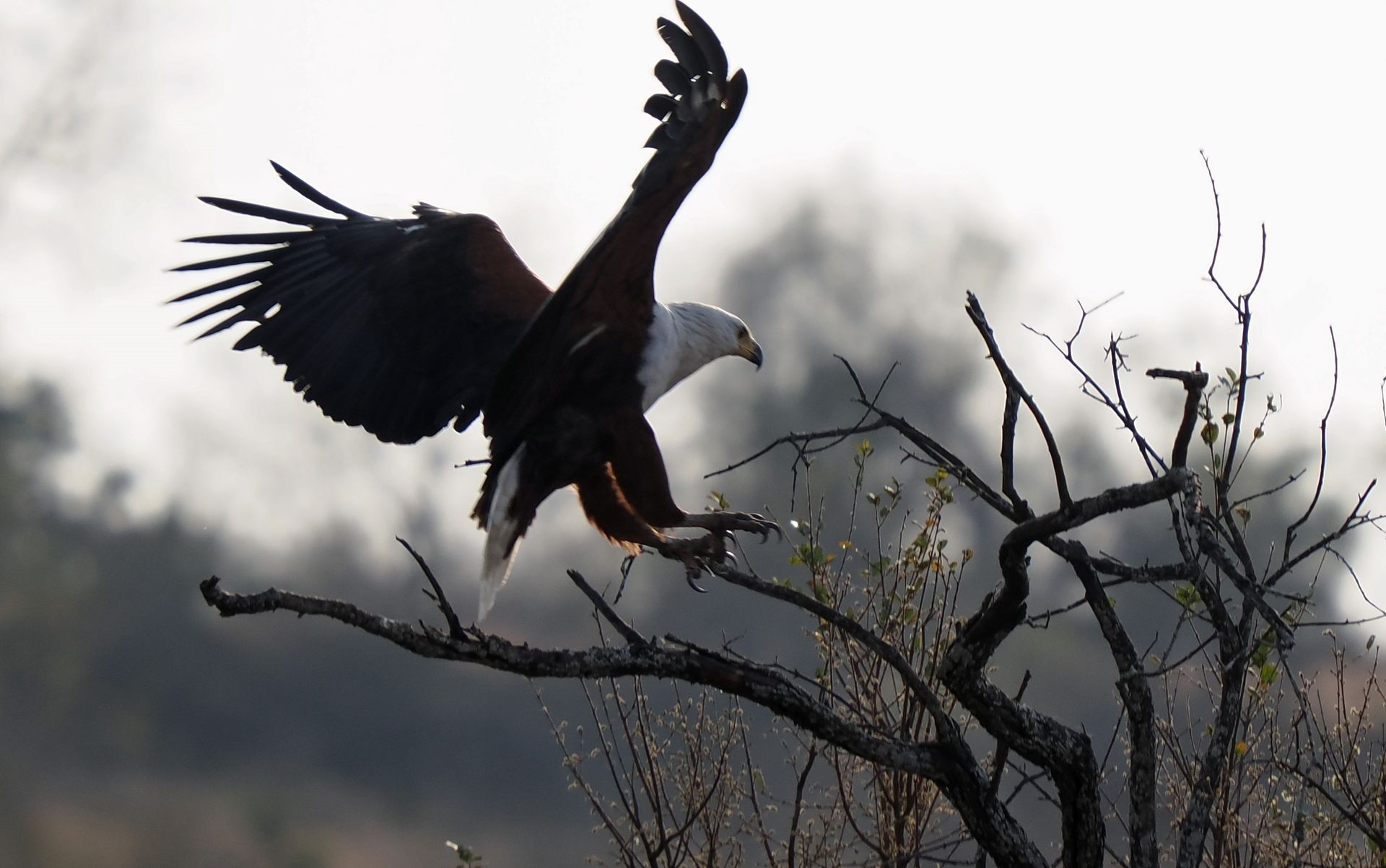
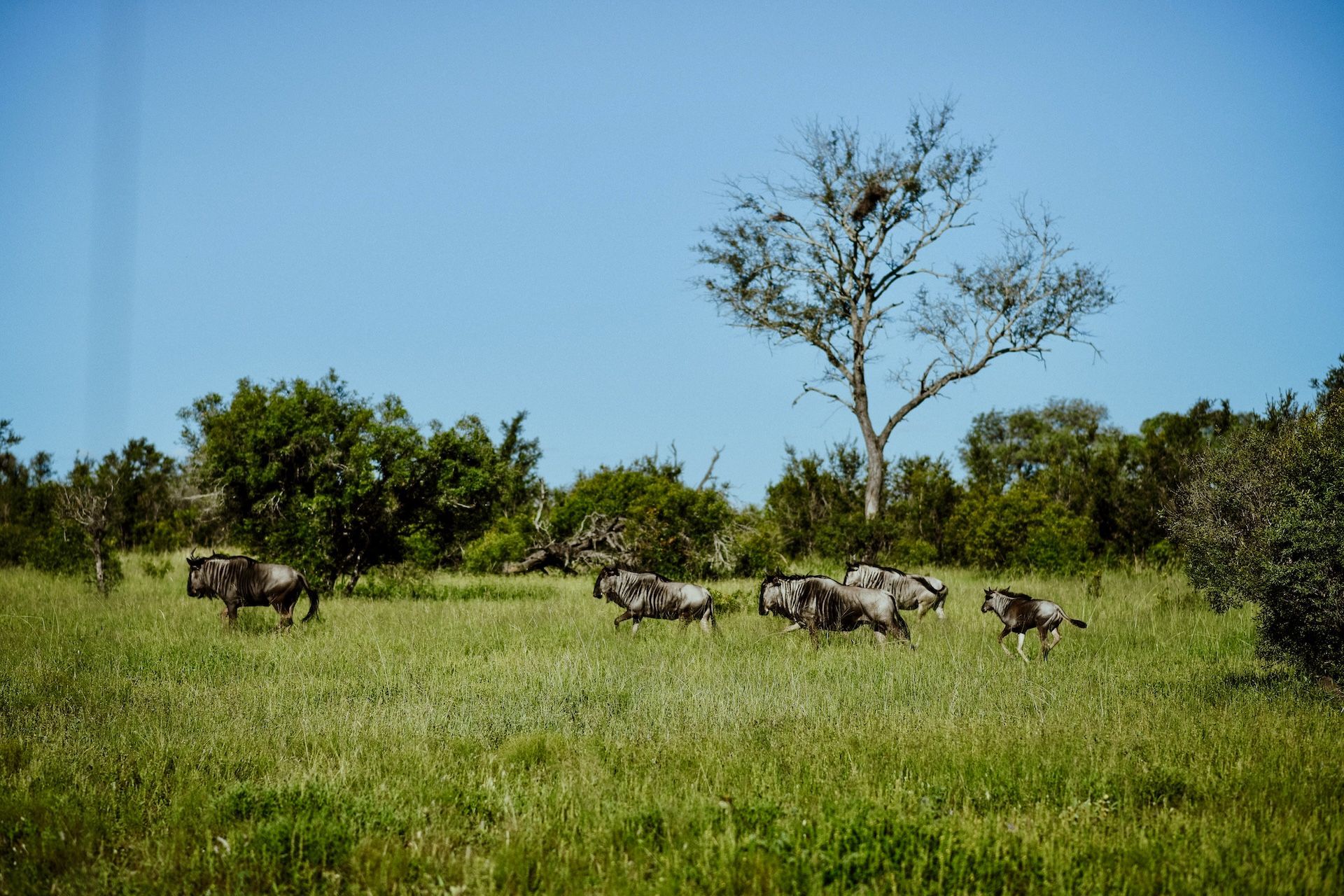
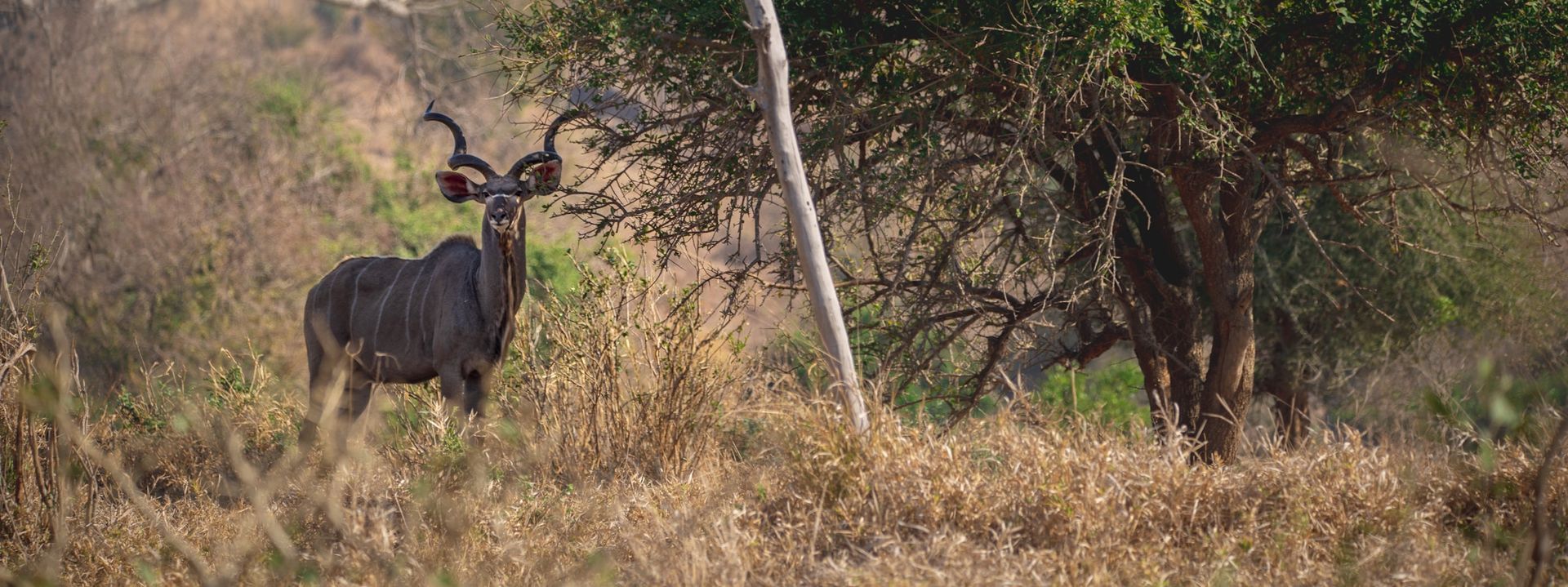
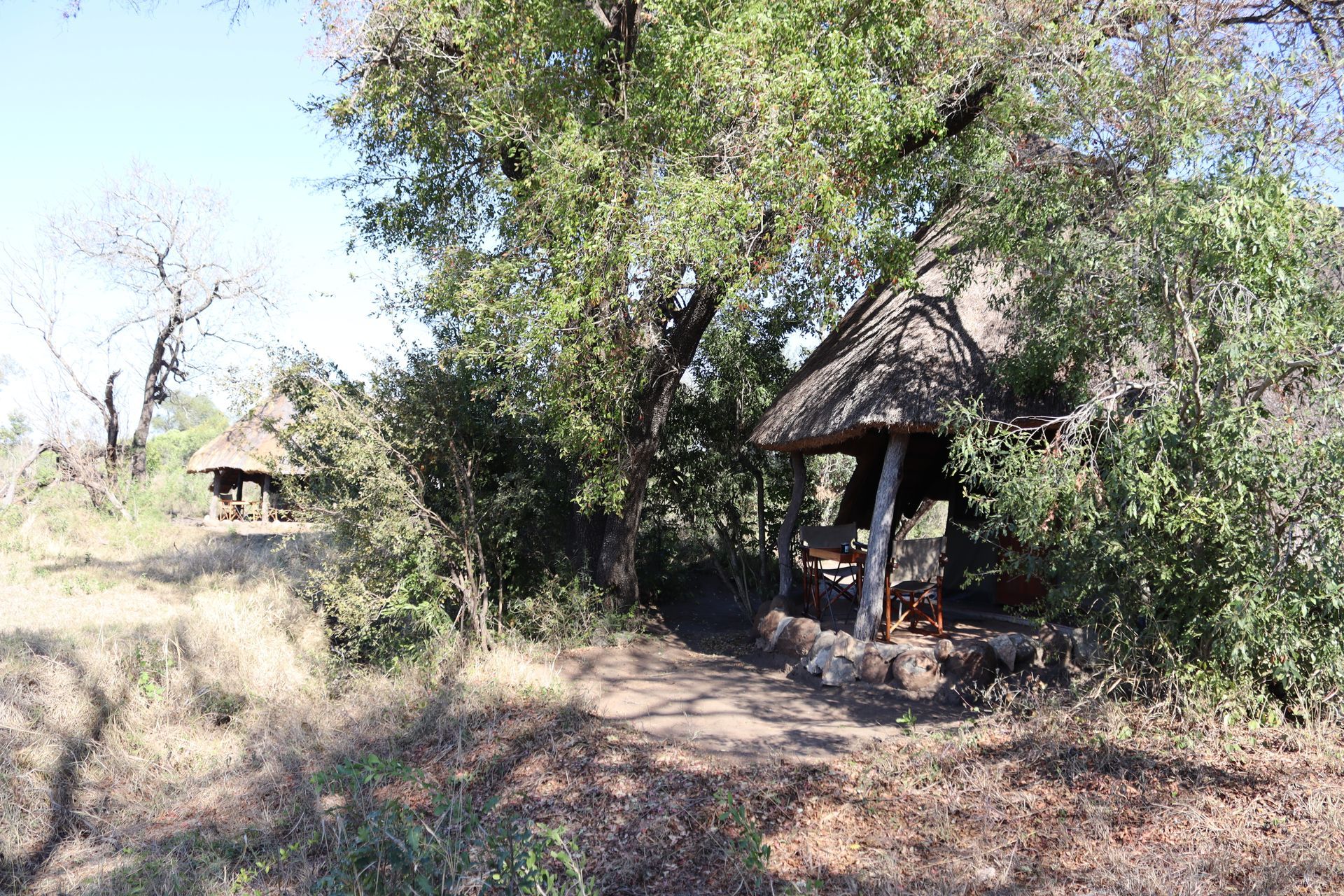
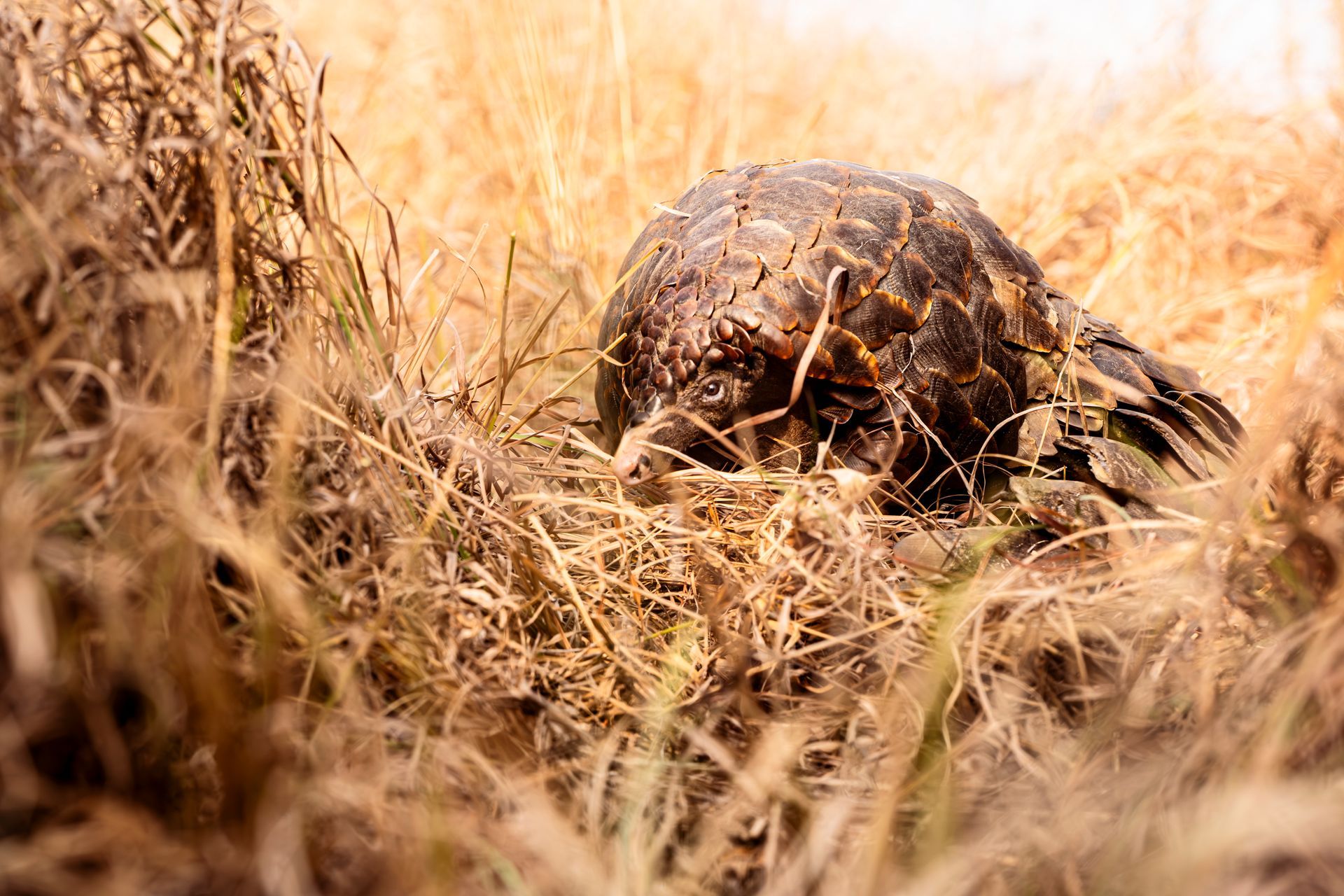
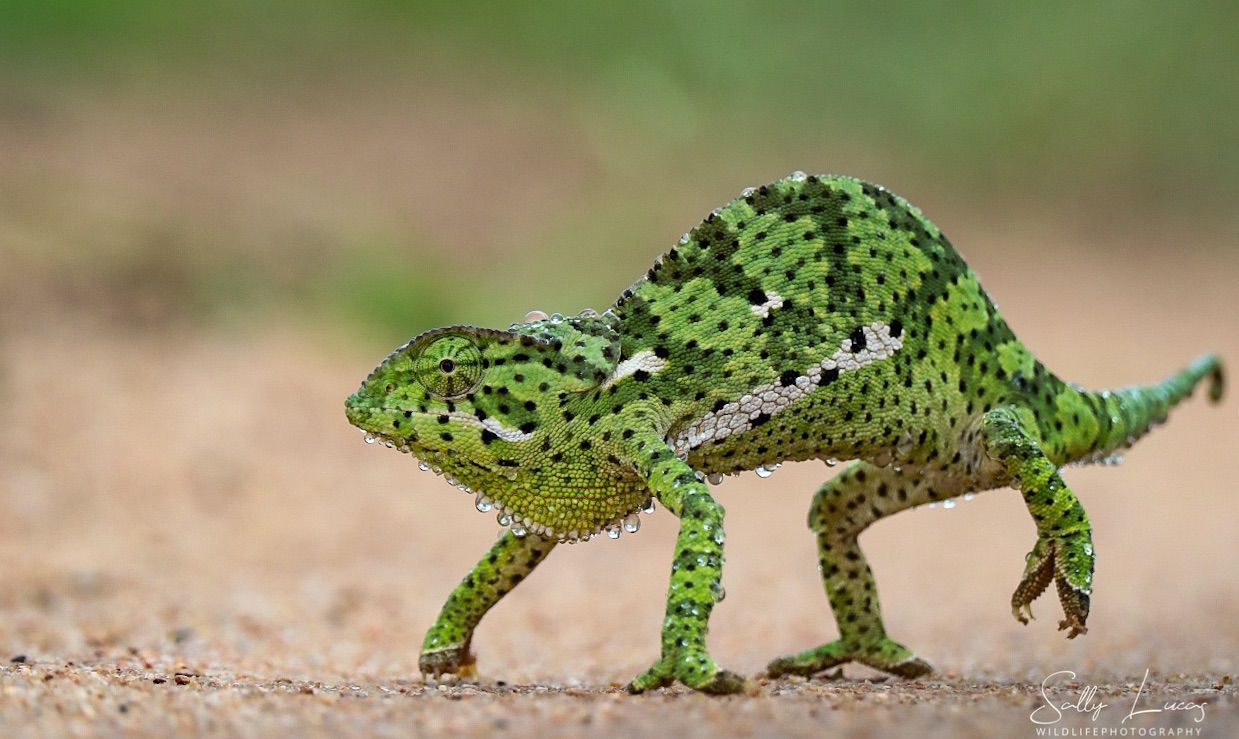
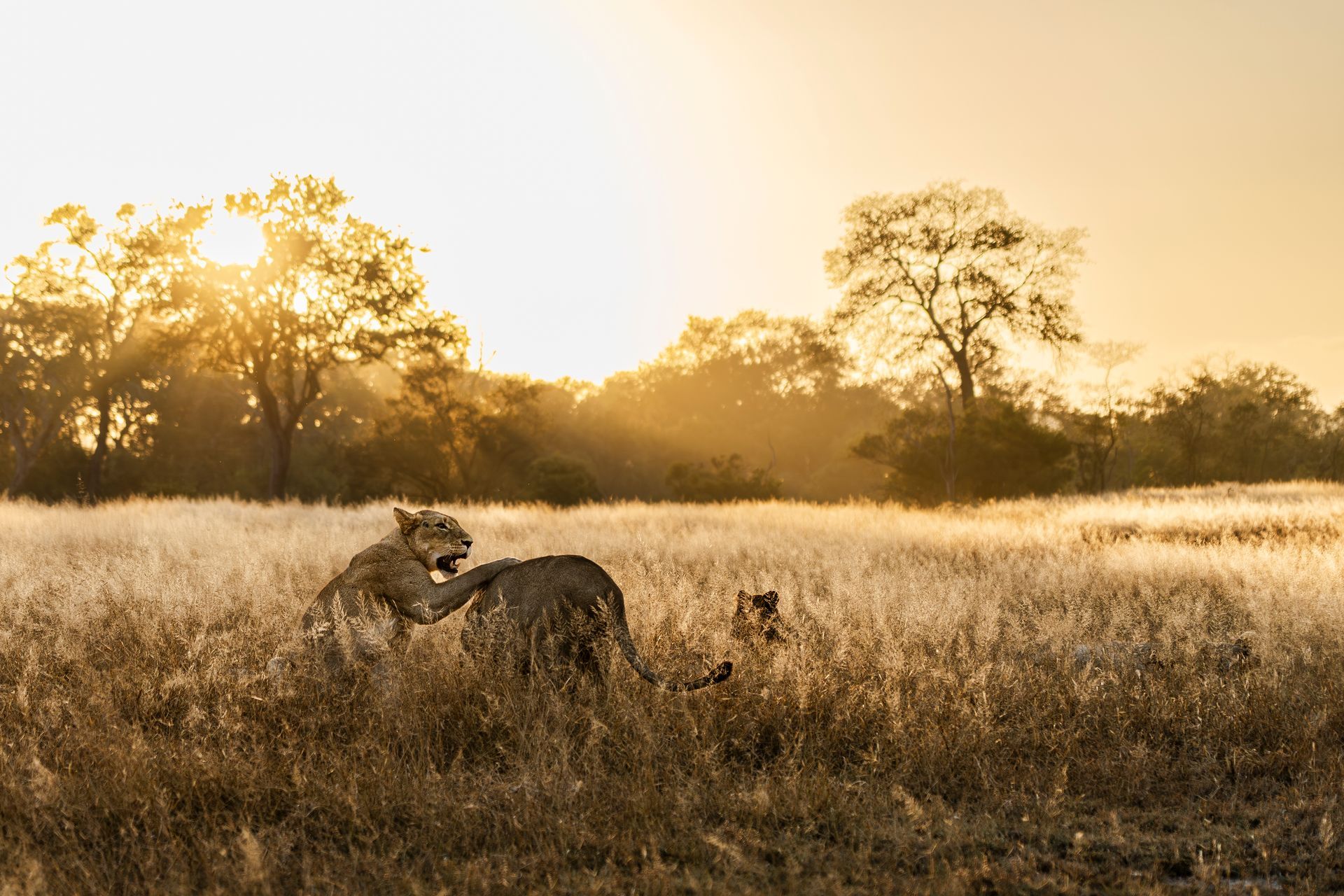
Pungwe Safari Camp
Manyeleti Game Reserve
Mpumalanga
South Africa
Tel: +27 82 853 9533
Email: info@pungwe.co.za
MENU
STAY CONNECTED
Join our Newsletter and find out more
Contact Us
We will get back to you as soon as possible
Please try again later
All images on this website have been taken at Pungwe by guests or staff
All Rights Reserved | Ingweleti Investments (Pty) Ltd T/A Pungwe Safari Camp

